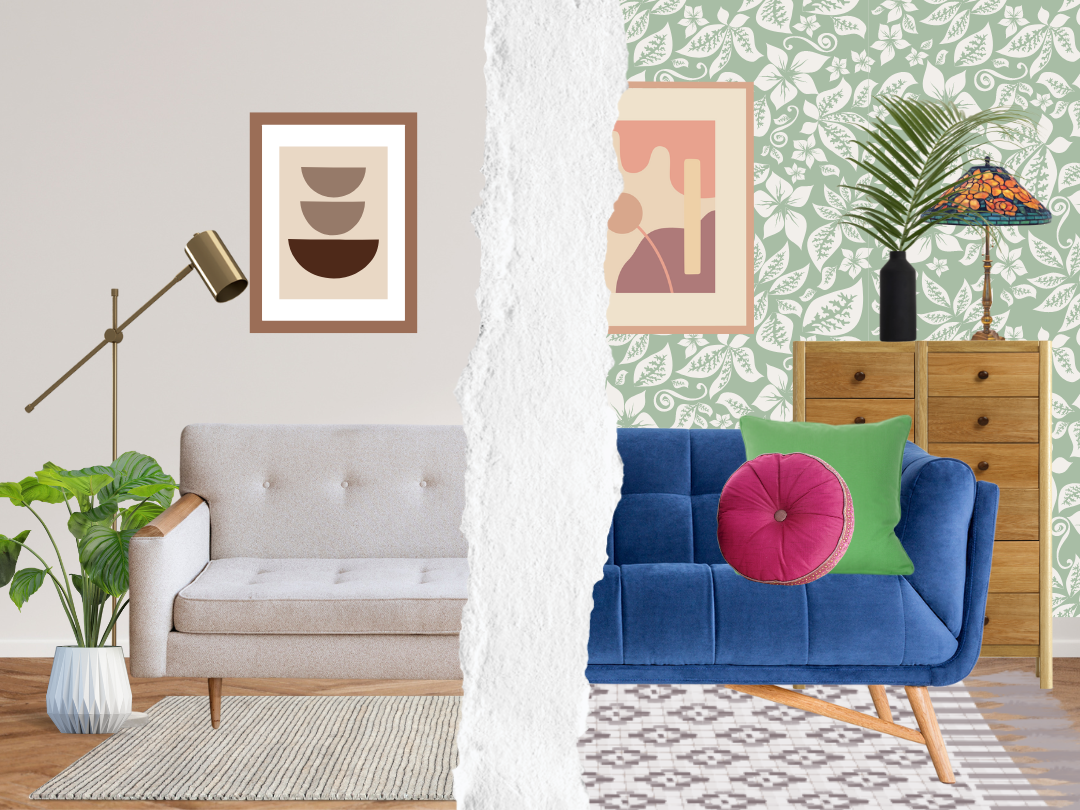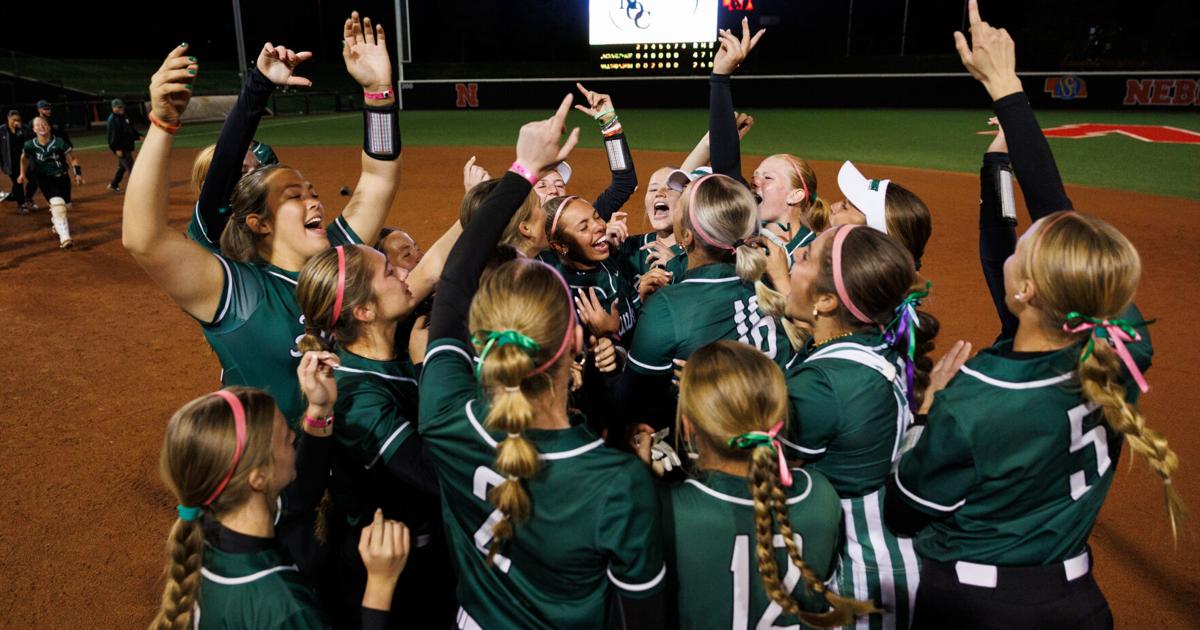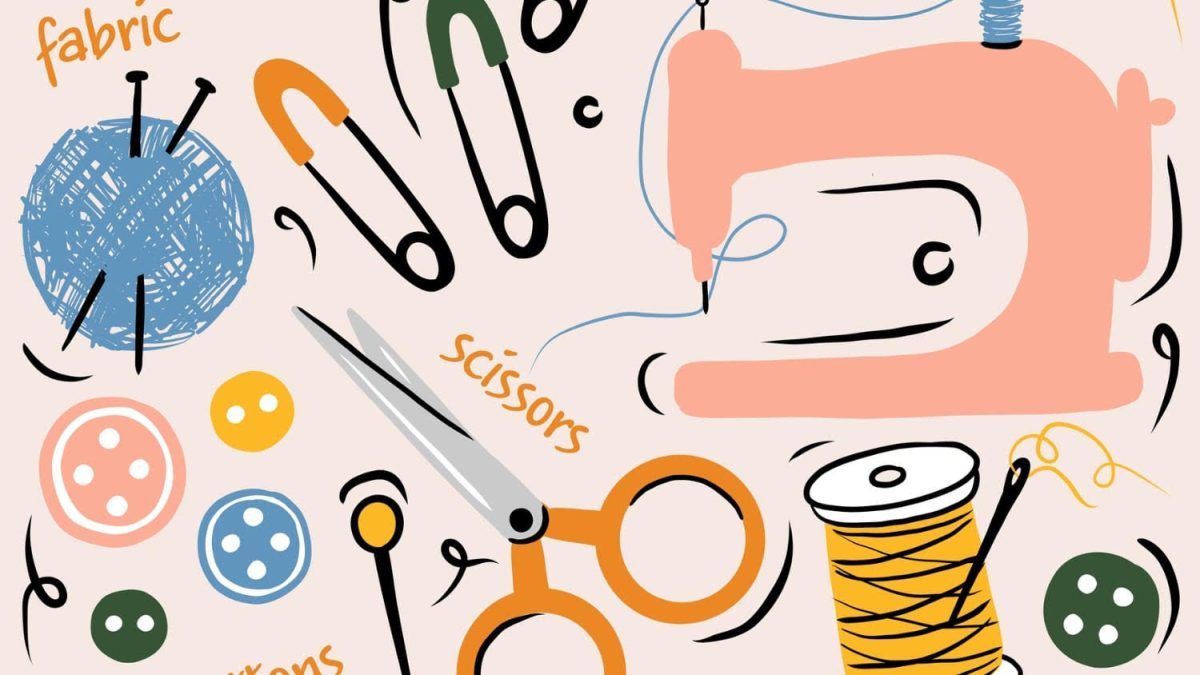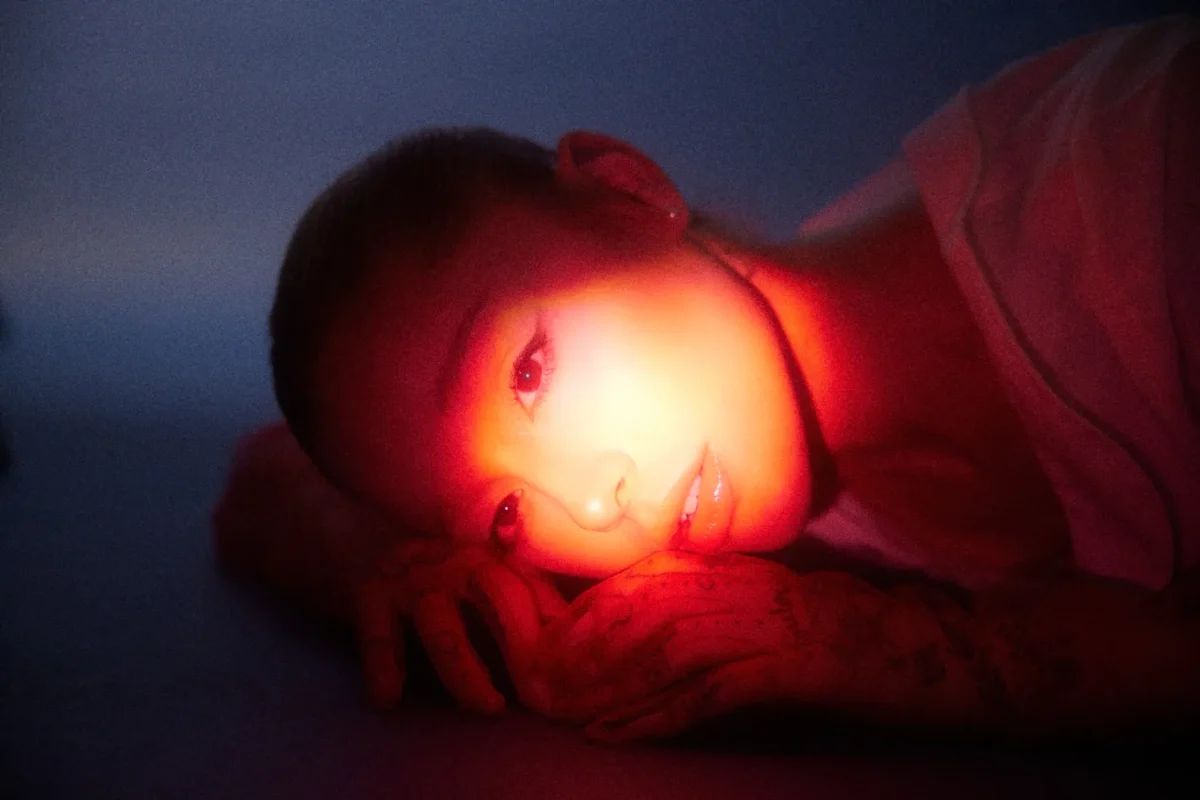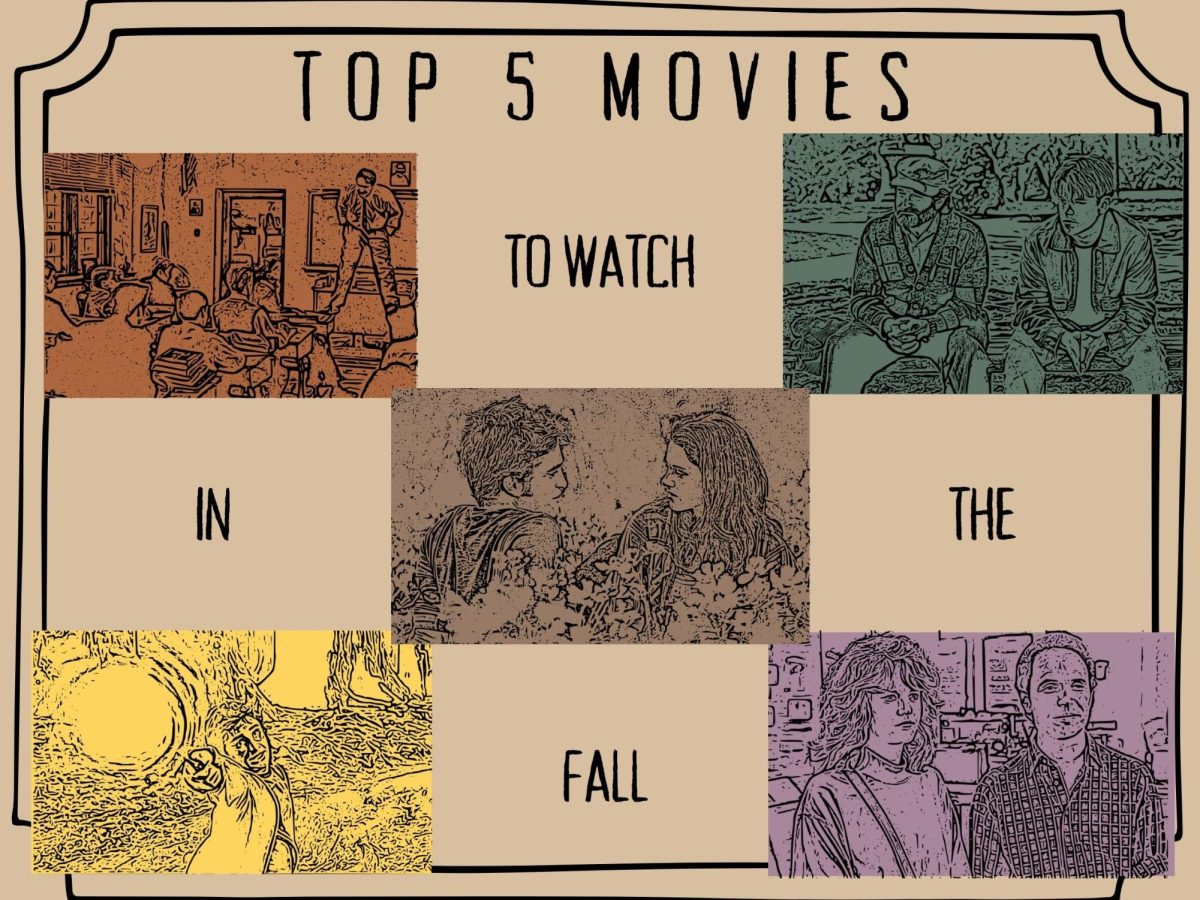Minimalism and maximalism are often seen as opposites, like yin and yang or light and dark. Neither of these stylistic choices are inherently good or bad, but they both have their benefits and drawbacks. Learning more about each style can let one step back and think about the choices individuals are making. From physical spaces to personal habits, and answer the question, is it better to be a minimalist or maximalist?
Maximalism, broken down to a stylistic definition, is an extravagant style defined by the philosophy that “more is more”. Maximalists embrace bold colors, intricate patterns, layered textures and eye-catching accessories. This can be portrayed in people’s homes and the way they dress, as well as the overall way they conduct their life. Maximalist personalities are often characterized by a rebellious spirit that challenges conventional norms, as this aesthetic is about celebrating excess. Some benefits of this aesthetic include enhanced self-expression paired with the ability to create a warm, cozy and inviting atmosphere filled with many personal items. The downside of this could be seen as the style being overwhelming, cluttered and difficult to maintain due to the large quantity of items.
On the opposite end of the spectrum, minimalism is about living with less, practicing mindfulness and saying no to non-essentials. Key traits include a desire for decluttered spaces, intentionality in consumption and, probably the most important, valuing quality over quantity. This may be one of the biggest differences between the two, because while maximalism is more of a stylistic choice, minimalism often has a deeper meaning of decluttering the mental space in order to make room for what people feel is more important than material belongings. While decluttering the mind does sound refreshing, there are also some drawbacks to this way of conducting life. Some include loss of personal expression and identity and an extreme focus on acquiring the fewest items, which can become as toxic as maximalism in having more than you need.
Personally, I feel that I fall somewhere in the middle of the spectrum between minimalism and maximalism. When it comes to style, I find that minimalistic patterns, colors and fabrics are often what I am most drawn to. On the other hand, when I am decorating spaces, I often see it as a way to express myself, even if it may look cluttered at times (which it definitely does).
Overall, I believe that minimalism and maximalism are not mutually exclusive. They can be utilized in different aspects of life, and often end up blending together in certain ways, which is why I feel it is fair to say that they are more similar than people may think. Either way, the understanding of minimalism and maximalism may be helpful in acknowledging who you are and the advantages and disadvantages that come with each one.



